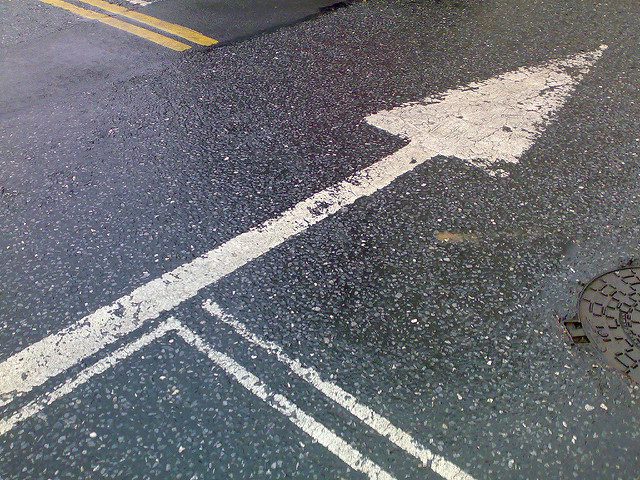Some people with incomes of $133,500 and above will also see a Part B premium increase because the income level for paying more than the standard premium contribution for Part B is adjusted downward in 2018. The 2018 Part B premium remains the same for people with incomes over $85,000 and below $133,500. In 2018, people whose modified adjusted gross income from two years ago as reported on their federal tax return–about six percent of the Medicare population–pay:
- $187.50 a month, if their income is above $85,000 and no more than $107,000.
- $267.90 a month, if their income is above $107,000 and no more than $133,500
- $348.30 a month, if their income is above $133,500 and no more than $160,000
- $428.60 a month, if their income is above $160,000
To arrive at the premium amount for married people filing a joint tax return, double the income.
The 2018 Part B annual deductible is the same as in 2017: $183.
People with incomes up to 135 percent of the federal poverty level, ($1,377 in monthly income for an individual and $1,847 for a couple in 2017; these amounts may increase in 2018) are eligible for help paying their premiums through Medicaid or a Medicare Savings Program.
For more than four decades, the Medicare Part B premium (medical insurance) was the same for everyone regardless of income, geography or health status, a quarter of the cost of Part B services. (Medicare Part A, hospital insurance, is premium-free if you have contributed into Social Security for at least 40 quarters.) In 2007, wealthier people with Medicare began paying higher premiums.
Here are 2018 Part A costs:
- The Part A hospital deductible is $1,340 and coinsurance for hospitalizations after day 60 is $335 a day in a benefit period; coinsurance for lifetime reserve days is $670 a day.
- The Part A coinsurance for skilled nursing facility stays after day 20 is $167.50.
Here’s more from Just Care:
- How to get dental care if you have Medicare
- Six tips for keeping your drug costs down if you have Medicare
- Four things to think about when choosing between traditional Medicare and a Medicare Advantage plan
- Good news for anyone looking for help losing weight: Medicare covers weight loss counseling
- If you want easy health care access and good quality care, you probably want traditional Medicare










